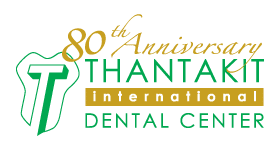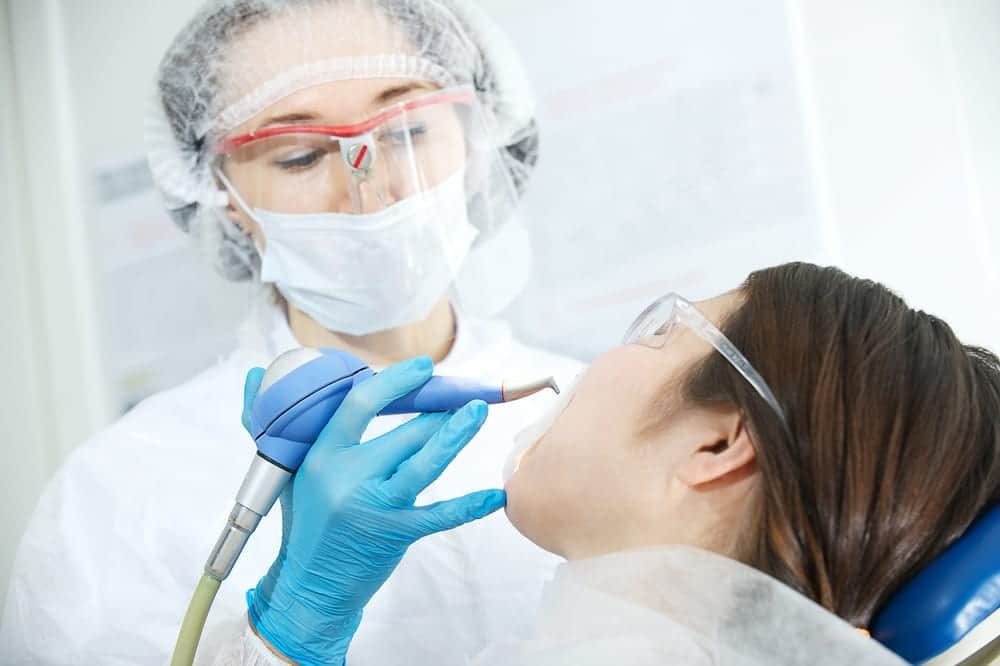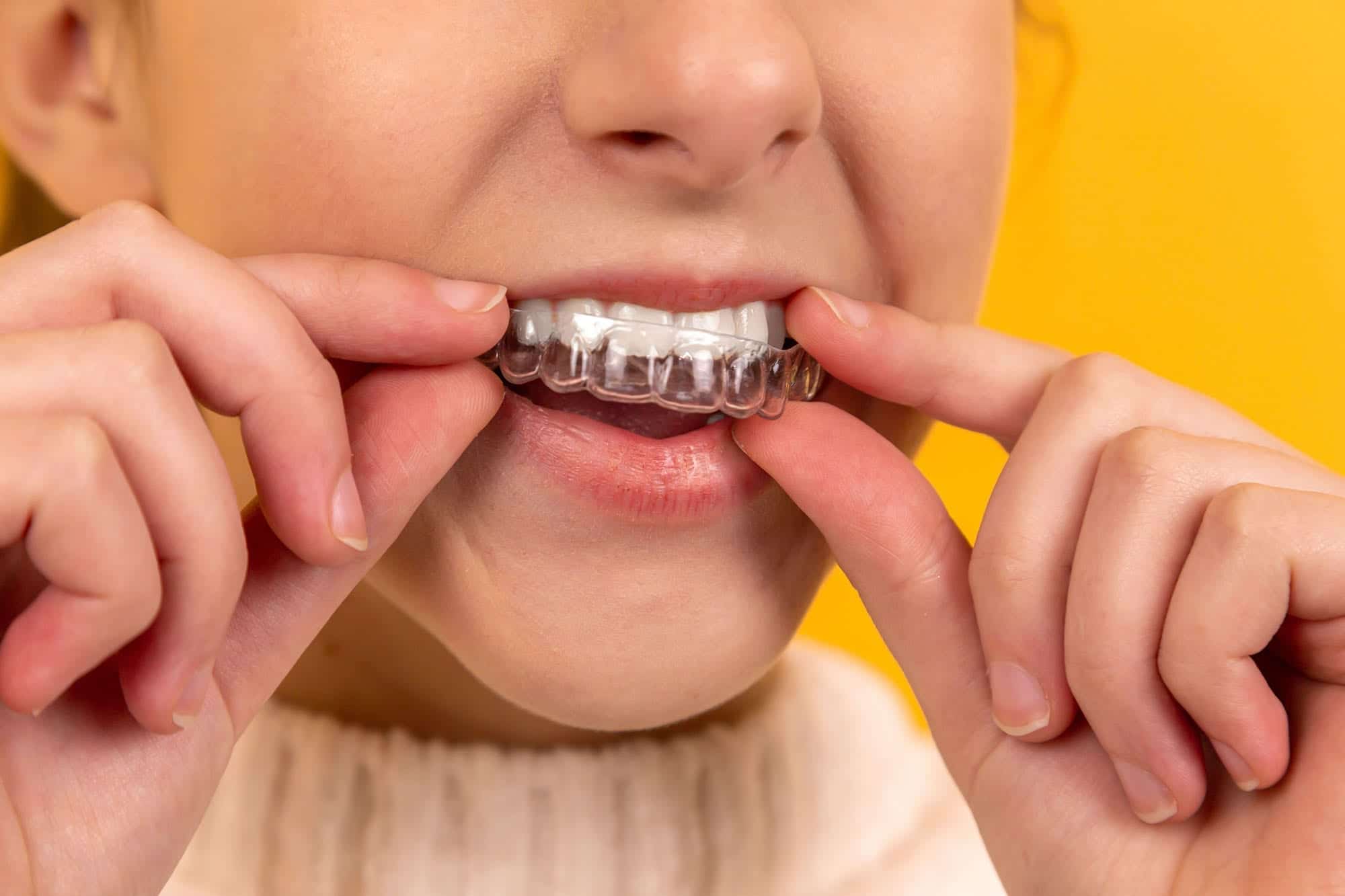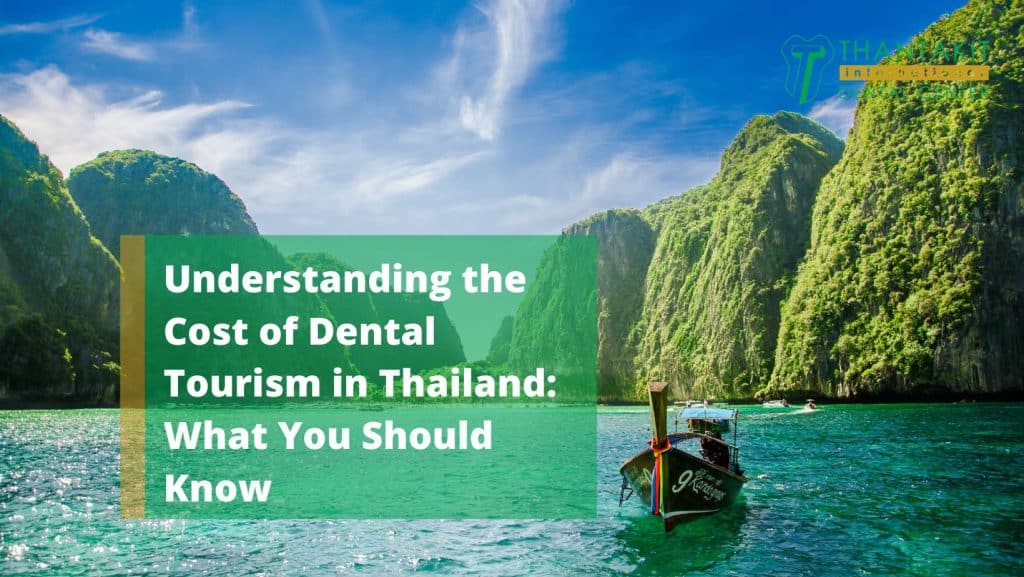Let me paint a picture for you. Last month, I was chatting with Sarah from Melbourne at this tiny Bangkok café near Thonglor. She’d just finished her dental implant procedure and couldn’t stop smiling, not just because of her new teeth, but because she’d saved AUD 15,000 compared to quotes back home. “I even treated myself to a week at a beach resort with the money I saved,” she laughed, sipping her mango smoothie. The thing is, she almost didn’t come. Kept second-guessing herself for months.
Stories like Sarah’s? Not rare at all. Actually, they’re everywhere if you know where to look. Thailand has quietly become the world’s dental tourism powerhouse, especially for Australians who’ve figured out this remarkably simple equation: world-class dental care plus tropical holiday equals massive savings. Sometimes ridiculously massive.
But here’s what I find fascinating: despite Thailand treating over a million dental tourists annually, many people still hesitate. They wonder about hidden costs, quality concerns, or whether flying halfway across the world for a crown really makes sense. Having spent considerable time in Bangkok’s dental clinics and spoken with countless international patients, I can tell you the answer often surprises people.
Page Contents
Why Dental Tourism in Thailand Remains Unstoppable
Walking into a modern Bangkok dental clinic for the first time can be… disorienting. Seriously. Where’s the clinical smell? The uncomfortable waiting room chairs that make your back ache? Instead, you might find yourself in what looks more like a five-star hotel lobby: marble floors gleaming under soft lighting, comfortable lounges where you actually want to sit, and staff who greet you by name. With a proper wai and everything.
I remember this American expat, Tom, who’d lived in Bangkok for three years. He told me something interesting: “I tried both Miami and Bangkok for major dental work. The Bangkok clinic had newer equipment. Better coffee too.” He wasn’t joking about the coffee, some of these places have actual barista stations.
This transformation didn’t happen by accident. Thailand deliberately positioned itself as a medical tourism hub over two decades ago, and dentistry became its crown jewel. The government invested heavily, universities expanded their dental programs, and clinics began pursuing international accreditations with the determination of Olympic athletes.
Today’s reality? Thai dentists often hold qualifications from universities in Australia, the US, and UK. They attend the same conferences, use the same implant systems, and follow identical sterilization protocols as their Western counterparts. The difference? They do it at a fraction of the cost.
Take the dentists at Thantakit, for instance. Many have trained internationally at universities in the US, UK, and Australia before returning to Bangkok. One senior implantologist explained it perfectly over lunch: “We use the exact same Straumann implants here that Western clinics use. Same technique, same materials, just different view from the window, and about 60% cheaper for the patient.” The international training shows in their approach.
The weird part? Some patients still assume cheaper means sketchy. Meanwhile, Thai dental schools are pumping out graduates who’ve done more implants by graduation than many Western dentists do in their first five years of practice. Volume matters.
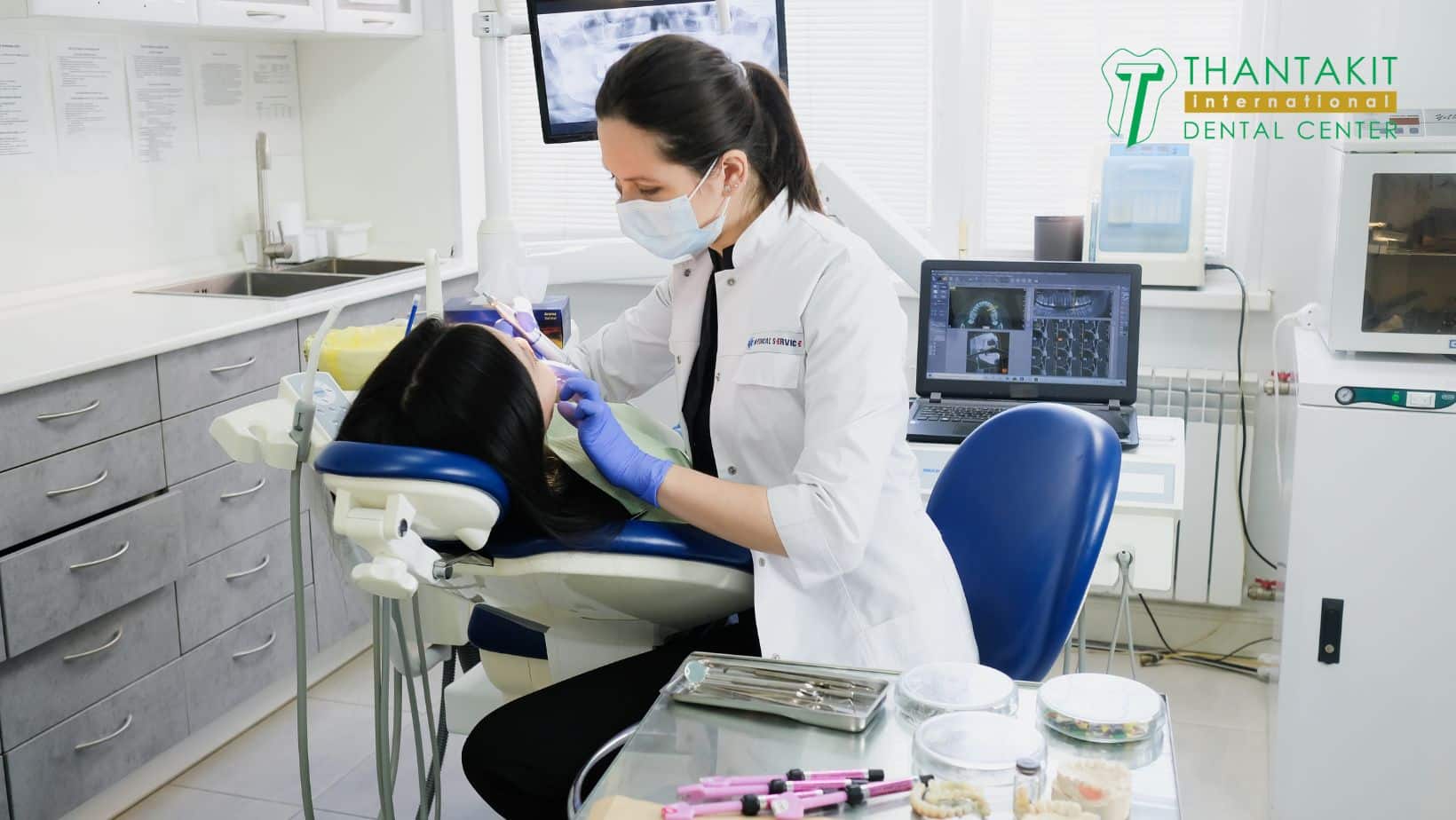
How Much Do Dental Implants Cost in Thailand Compared to Australia?
Let’s talk about real numbers, because that’s probably why you’re reading this.
An Australian patient recently showed me his quotes from three Sydney clinics for a single dental implant: AUD 5,800, AUD 6,200, and AUD 6,500. The same implant at a premium Bangkok clinic? AUD 2,800. Even after adding flights (AUD 800 round trip from Sydney) and a week’s accommodation (AUD 700 for a nice hotel), he was looking at AUD 4,300 total. That’s a saving of over AUD 2,000 on a single tooth.
But here’s where it gets interesting, properly interesting. Most people don’t travel for just one procedure. Mark from Brisbane needed four implants and three crowns. His Australian quote? AUD 28,000. His total Thailand expense, including a two-week stay in a serviced apartment with a pool? AUD 12,000. He saved AUD 16,000 – enough to make a serious dent in his mortgage or fund a family emergency.
Then there’s this couple from Perth who planned their dental work around their honeymoon. Sounds weird? They scheduled the procedures for the first few days, recovered in Bangkok for a week, then spent the second week island-hopping once they felt better. “Most romantic root canal recovery ever,” she joked. They’re not the only ones; I’ve met several couples who combine dental work with a longer holiday. Get the dental stuff done first, then enjoy Thailand.
Would you rather spend AUD 25,000 at home or AUD 10,000 abroad, including what essentially becomes a working holiday? The math isn’t hard.
Why Australians Lead the Dental Tourism Wave
Australians make up the largest group of dental tourists to Thailand, and it’s not hard to see why. The four-hour time difference means minimal jet lag. Direct flights from major cities take just nine hours. Many Aussies already vacation in Thailand regularly, so combining dental work with a holiday feels natural.
Plus, there’s the weather factor. Recovering from dental surgery in Bangkok’s warmth beats shivering through a Melbourne winter any day. One patient from Perth told me, “I scheduled my implants for July specifically to escape the cold. Best decision ever.” Smart woman. She spent recovery days by the pool reading novels. Try doing that in Hobart in July.
The cultural comfort level matters too. Bangkok’s international districts, Sukhumvit, Silom, parts of Sathorn, cater extensively to Western visitors. English is widely spoken (sometimes better than in rural Australia, honestly). Western food is readily available when you’re craving something familiar. The infrastructure feels both familiar and exotic. Safe but interesting. It’s a sweet spot.
Oh, and the dentists? Many have kids studying in Australian universities. They get the culture. They understand why you’re nervous about straying from your regular dentist. They know exactly how to explain things in Aussie terms.
Thailand Dental Prices: Fillings, Crowns, Veneers, and More
Let me break down the costs for common procedures, with both USD and AUD for clarity:
| Procedure | Thailand (USD) | Thailand (AUD) | USA (USD) | Australia (AUD) | UK (GBP) |
| Filling | $40-80 | $60-120 | $150-300 | $200-350 | £100-200 |
| Crown | $400-800 | $600-1,200 | $1,000-2,500 | $1,500-2,500 | £750-1,200 |
| Dental Implant | $1,800-2,500 | $2,700-3,750 | $4,000-6,000 | $4,000-6,000 | £2,000-2,800 |
| Veneer | $300-500 | $450-750 | $1,000-2,500 | $900-2,000 | £600-1,000 |
| Root Canal | $200-400 | $300-600 | $800-1,500 | $800-1,500 | £400-800 |
| Full Mouth Reconstruction | $20,000-35,000 | $30,000-52,500 | $60,000-90,000 | $80,000-120,000 | £45,000-70,000 |
These aren’t back-alley prices. These are rates from internationally accredited clinics using premium materials. The same Nobel Biocare implant system your Sydney dentist shows off.
Quick reality check though: prices do vary. That filling range? Bottom end is basic composite; top end is the fancy stuff that supposedly lasts forever. Ask questions. Any decent clinic explains the difference without pushing the expensive option.
What Really Shapes Dental Treatment Costs in Thailand
Understanding pricing isn’t just about comparing numbers, it’s about knowing what drives those numbers.
The Material Question: A patient from London once asked me why her zirconia crown quote varied by $200 between two Bangkok clinics. Simple answer: one used German-made zirconia, the other Japanese. Both excellent, just different price points. Most clinics let you choose, something rarely offered back home.
The Expertise Factor: Specialists command higher fees, naturally. But even specialist rates in Thailand typically undercut general dentist prices in Australia. A periodontist at Thantakit might charge $500 for a complex gum surgery that would cost $2,000 in Sydney.
Technology’s Role: Digital impressions feel like magic, no more gagging on that awful pink goop. Clinics with CAD/CAM systems might charge slightly more, but the precision and comfort? Worth every baht. I watched my crown being milled from a solid block of ceramic. Fascinating stuff. It took 20 minutes. In Sydney, that’s a two-week wait and another appointment.
One thing nobody mentions: Thai clinics often have equipment that’s actually newer than what you’ll find in established Western practices. Why? They’re building from scratch, not updating 30-year-old surgeries. No legacy systems to work around.
Location Dynamics: Central Bangkok clinics cost more than suburban ones, but we’re talking about maybe 20% difference, not double. The convenience of staying near your hotel often outweighs small savings from traveling to outskirt clinics.
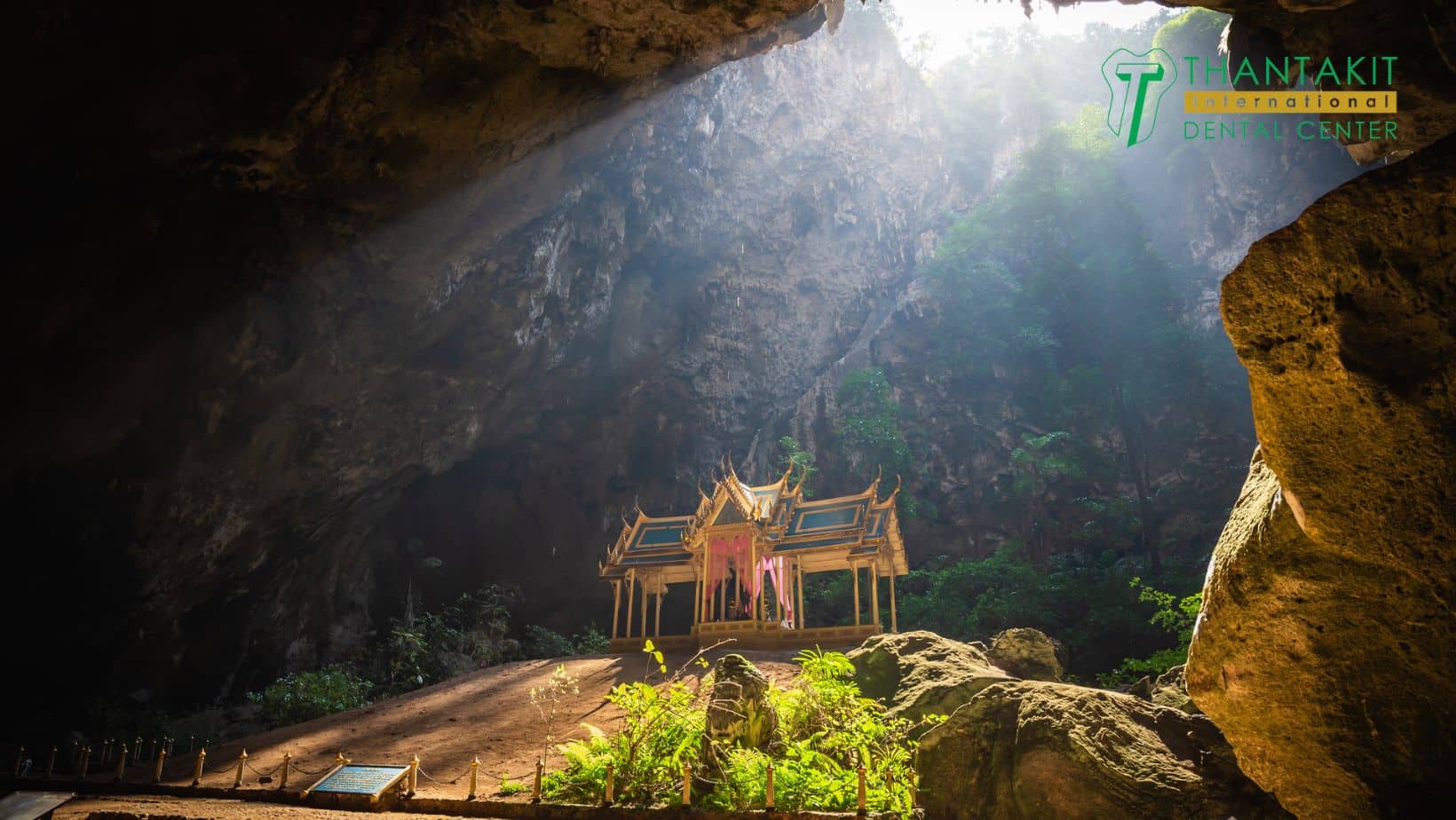
Hidden Costs Abroad vs Transparency in Thailand
Here’s something that genuinely frustrated an American patient I met, let’s call him Dave from Miami. His dentist quoted $4,500 for an implant. It seemed reasonable until the extras started rolling in. CT scan? That’s $350. Bone graft nobody mentioned? $800. The crown? Oh, that’s separate: $1,200. Final bill hit $6,850. Dave was… not happy.
Thai clinics typically quote everything upfront. Everything. When Thantakit says 80,000 baht for an implant, that usually includes:
- Initial consultation and X-rays
- CT scan if needed (and they tell you if it’s needed)
- The implant surgery itself
- Abutment and crown
- Follow-up visits for the next week
- Even the pain medication and antibiotics
No surprise “lab fees” appearing on your bill. No separate charges for numbing agents. No mysterious “facility fees” that nobody can explain. Just transparent, all-inclusive pricing that doesn’t require a finance degree to understand.
One British patient described it perfectly: “In London, every appointment felt like death by a thousand cuts: parking fees, consultation charges, X-ray costs. Here, I knew exactly what I’d pay from day one.”
Travel and Living: Your Complete Thailand Dental Trip Budget
The morning sounds of Bangkok, tuk-tuks honking (why are they always honking?), street vendors calling out their breakfast offerings, the BTS train gliding overhead with that distinctive whoosh, might seem overwhelming at first. Give it three days. Soon, this orchestrated chaos becomes oddly comforting, especially when you realize how affordable everything is. That overwhelming sensory explosion? It grows on you.
Many of our patients stay near Phrom Phong station. They tell me about their morning routine: strong Thai coffee from the cart downstairs (30 baht), slow walk to the clinic, maybe grab a coconut on the way back. Recovery never felt so… civilized, as one patient put it.
Getting There
- From Australia: AUD 600-1,200 return (budget airlines like Scoot or Jetstar often have deals)
- From USA: USD 800-1,400 return
- From UK: £500-900 return
- From Middle East: USD 400-800 return
Pro tip: Tuesday departures often cost less. Avoid Australian school holidays if possible.
Where to Stay
I’ve seen patients approach accommodation differently. Some splurge on luxury hotels for pampering. Others choose serviced apartments for the homey feel during recovery.
Budget Options (AUD 30-60/night): Clean, comfortable, usually with breakfast. The Ibis Bangkok Riverside is popular with dental tourists.
Mid-range Hotels (AUD 75-150/night): Frequently offer amenities like a pool and gym, and Grand Mercure Bangkok Atrium Hotel provides a special dental tourism partnership directly opposite Thantakit Dental Center.
Serviced Apartments (AUD 90-180/night): Perfect for longer stays. Kitchen facilities mean you can prepare soft foods during recovery. Met a UK retiree, Margaret, who stayed three weeks in one. “Cheaper than my heating bills back home,” she said. She wasn’t wrong. Made friends with her neighbors, joined their morning tai chi group. Dental tourism turned into actual life experience.
Luxury Hotels (AUD 225+/night): Because sometimes you deserve five-star recovery. The Mandarin Oriental’s afternoon tea makes any dental work feel civilized.
Getting Around Bangkok
The BTS Skytrain is your friend: air-conditioned, efficient, and just AUD 1.50-3 per trip. Grab (Southeast Asia’s Uber) works brilliantly; most rides cost AUD 4-12. Taxis are cheaper but require some Thai phrases or a translation app. Or just show them the address on your phone. They’ll figure it out.
Pro tip from experience: screenshot your destination in Thai before you leave Wi-Fi. Nothing worse than trying to explain where you’re going with a numb mouth and no internet.
Walking Bangkok’s streets in recovery? Totally doable, but that tropical humidity hits differently when you’re healing. Like, really different. Plan for more Grab rides than usual. Your swollen face will thank you.
Feeding Yourself
Post-procedure, you’ll appreciate Thailand’s food scene even more. Congee (rice porridge) from street vendors costs AUD 2 and is perfect for sensitive mouths. Smoothie stands on every corner and blend fresh tropical fruits for AUD 1.50. Even upscale restaurants rarely exceed AUD 30 per person.
Planning Your Dental Tourism Timeline
Let me walk you through what a typical dental trip actually looks like:
Day 1-2: Arrival and Consultation Jet lag is real. Don’t schedule procedures immediately. Use day one to settle in, explore your neighborhood. Day two for your initial consultation.
Day 3-5: Primary Procedures Most major work happens here. Implant surgery, multiple crowns, whatever brought you here.
Day 6-10: Recovery and Adjustments This is when Bangkok becomes your recovery room. Gentle walks through Lumpini Park, maybe a traditional Thai massage (avoid face-down positions!), Netflix in your apartment.
Day 11-13: Final Checks and Exploration Feeling better? Time for some actual tourism. The Grand Palace, Chatuchak Market, a boat ride along the Chao Phraya River.
Day 14: Departure One final check-up, grab your dental records and warranty documentation, head home with your new smile.

What to Pack for Your Dental Trip
Nobody talks about this, but packing right matters:
- Travel pillow (for sleeping upright post-surgery)
- Straws (metal ones are eco-friendly and reusable)
- Soft-bristle toothbrush (buy there if you forget)
- Prescription medications from home
- Entertainment downloads (hospital Wi-Fi can be sketchy)
- Comfortable slip-on shoes (bending down with mouth pain isn’t fun)
Why Thantakit Stands Apart in Bangkok’s Dental Scene
The 75-Year Legacy
What makes Thantakit special? Let me tell you about one of our longtime patients.
True story. I met her in our waiting room, a 75-year-old Thai woman who’d been coming to Thantakit for fifty years. Fifty! “My grandmother brought me here as a child,” she told me in perfect English. “Now I bring my grandchildren.” That’s not just customer loyalty; that’s generational trust. Three generations of the same family trusting the same clinic.
Our staff cherishes these connections. One of our receptionists has been here for 20 years. She remembers patients’ names, their kids’ names, probably their dental history better than they do. It’s that kind of place.
Thantakit isn’t some startup clinic capitalizing on medical tourism. They’ve been treating patients since before Thailand had commercial aviation. Their evolution from local practice to international destination happened organically, built on decades of reputation.
The clinic’s commitment shows in details. Their dentists don’t just train internationally; they return regularly for continued education. Several of our senior implantologists have completed advanced training in Switzerland and spent time observing at practices in Sydney. As my colleague often says, “The techniques and standards are identical. We just deliver them at Thai prices.”
Real Guarantees, Real Support
Thantakit offers a 5-year warranty on implants and major work. But here’s what impressed me more: they honor it internationally. A Canadian patient developed an issue six months after returning home. Thantakit coordinated with a Toronto dentist, covered the repair costs.
Patient Stories That Speak Volumes
“I researched for six months before choosing Thantakit. What sealed it? They were the only clinic that said ‘this procedure isn’t necessary’ when others were pushing for it.” – James, UK
“They remembered my name, my concerns, even my coffee preference on my second visit. It’s those touches that matter when you’re nervous and far from home.” – David, USA
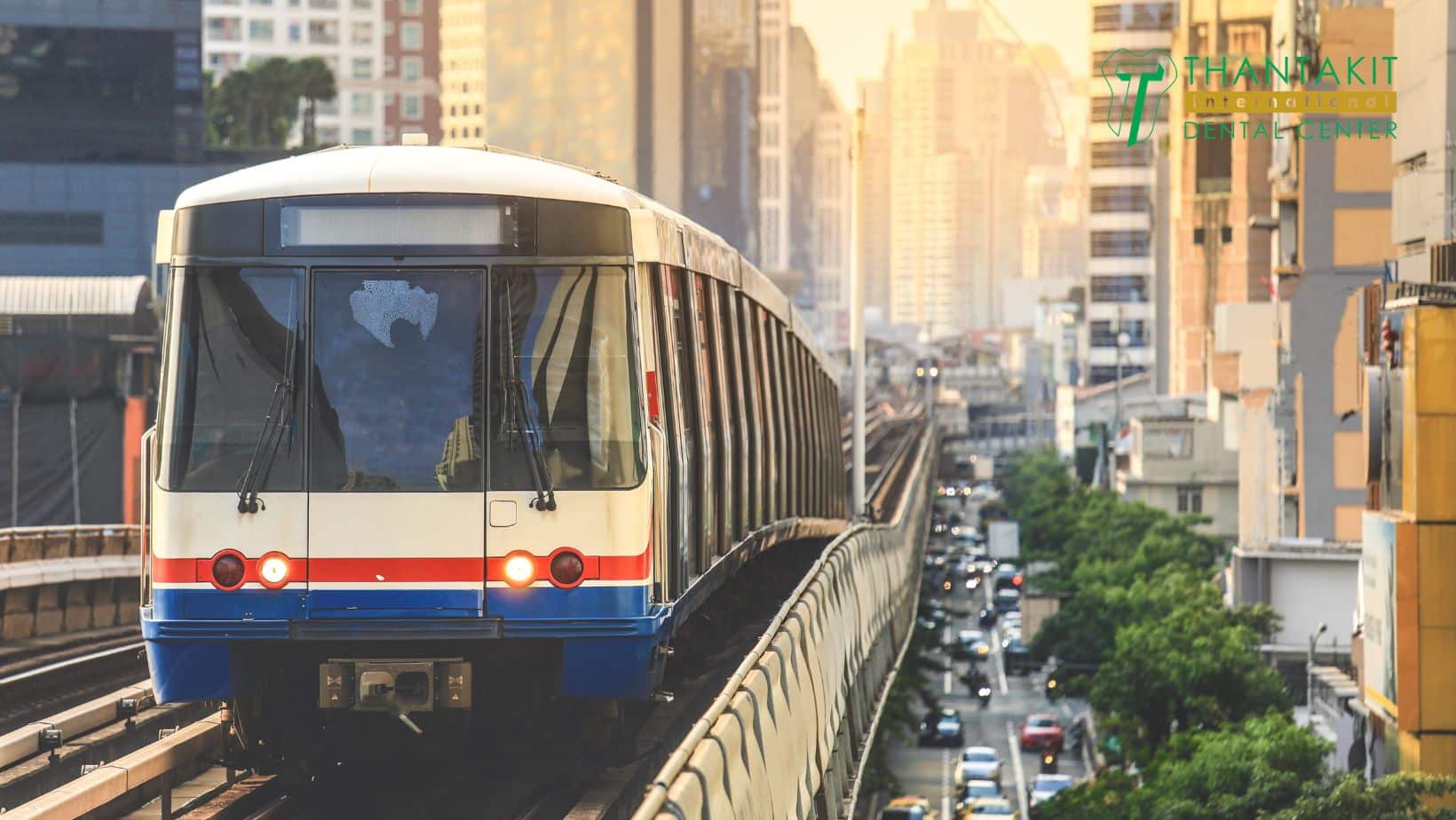
Is Dental Tourism in Thailand Worth It?
The dentist chair reclines, and you’re staring at a Thai ceiling instead of your usual one. Worth it?
For Sarah from Melbourne, absolutely. She saved enough to fund her daughter’s university textbooks for a year. For Marcus from Texas, who combined his implants with proposing to his girlfriend on a Thai beach, definitely. For Emma from Manchester, who was quoted two years waiting for NHS treatment, it was a lifesaver.
But it’s not for everyone. If you need just a simple filling, flying to Thailand makes little sense. If you have severe dental anxiety and need your familiar dentist’s handholding, stay home. If you can’t take two weeks off work, international dental tourism won’t work.
Here’s the kicker though: most people who hesitate aren’t in those categories. They’re looking at major work, significant costs, and wondering if there’s a better way. There usually is.
Frequently Asked Questions
How safe is dental care in Thailand? JCI-accredited hospitals in Bangkok meet identical safety standards as those in Australia or America. Infection rates at major Thai dental clinics are actually lower than many Western averages, partly due to newer facilities and stricter protocols implemented post-COVID. Plus, they’re paranoid about their reputation with international patients. One bad review can hurt them with more than ten local complaints.
How long do I need to stay after an implant? Minimum 7-10 days for the implant to initially integrate and for swelling to subside. Many patients stay 14 days to combine recovery with vacation. If you’re getting immediate load implants, factor in extra time for adjustments. Your face will be puffy for about 3-4 days. Plan accordingly.
Can I combine multiple treatments in one trip? Absolutely. Actually, it’s economically smarter. One Australian patient got implants, crowns, and veneers over three weeks, procedures that would’ve taken six months at home due to scheduling. Just don’t overdo it. Your mouth needs recovery time between major procedures.
What if something goes wrong after I return home? Reputable clinics like Thantakit provide detailed records for your home dentist and often have partnerships with international clinics. They also offer warranties covering repair costs. Always, always, discuss the worst-case scenario before treatment. Get it in writing.
Do Thai dentists use the same materials as Australia/US/UK? Yes, often from the exact same suppliers. Straumann implants, 3M composites, Ivoclar veneers, these are global brands. The difference is labor costs, not material quality. You can even request to see the packaging if you’re worried.
Will my insurance cover treatment in Thailand? Some international insurance plans do. Many Australian private health funds offer partial rebates for overseas dental work. Always get itemized receipts with procedure codes for claims. Medibank and Bupa sometimes cover up to 85% of what they’d pay in Australia. Worth checking.
Can I claim Thai dental expenses on my Australian tax return? Maybe. If it’s medically necessary (not cosmetic), you might claim it as a medical expense tax offset if your out-of-pocket expenses exceed the threshold. Talk to your accountant. Keep every receipt. The ATO has gotten stricter about this recently.
What’s recovery actually like, day by day? Day 1-2: Swollen chipmunk face. Soft foods only. Netflix and chill (literally). Day 3-4: Swelling peaks then starts dropping. Boredom sets in. You’ll venture out for smoothies. Day 5-7: Feeling human again. Can eat real food (carefully). Ready to explore. Day 8+: Pretty much normal. Maybe some tenderness. Definitely ready for pad thai.
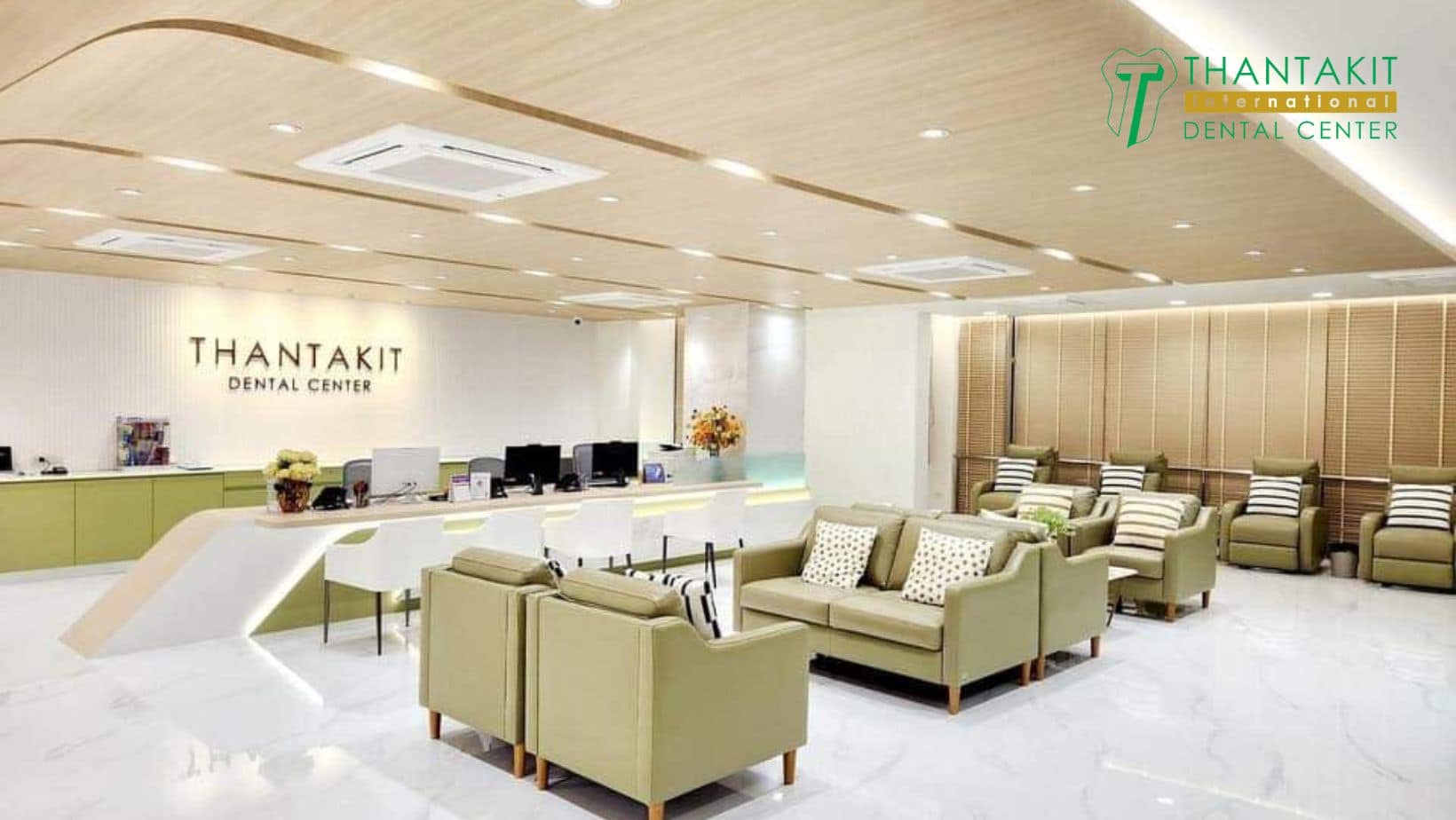
Your Next Steps Toward Affordable Dental Care
Standing at Bangkok’s Suvarnabhumi Airport, new smile intact, wallet considerably heavier than expected, this could be your story. Probably will be, if you do your homework. But it starts with research, realistic expectations, and choosing the right clinic.
Look, Thailand’s dental tourism success isn’t accidental or temporary. It’s built on genuine value, proven quality, and decades of experience treating international patients. Literally decades. Whether you’re considering a single crown or complete reconstruction, understanding the real costs, financial, time, and emotional, that’s what helps you make the right decision.
For Australians especially, with Thailand practically next door and savings that can fund a year of mortgage payments, the question often isn’t “should I?” but “when should I book?” Seriously. The flight’s shorter than Perth to Sydney.
Anyway, back to the practical stuff. If you’re ready to explore your options, Thantakit offers free consultations and detailed treatment plans in AUD. They’ll review your X-rays (email them over), explain procedures in actual English, and provide transparent quotes without obligation. No hard sell. Sometimes the hardest part isn’t the dental work, it’s taking that first step. Or clicking that first email send button.
After all, as Sarah from Melbourne reminded me while admiring her new smile in her phone camera at that Thonglor café, “The only thing I regret is not doing this sooner. Could’ve saved myself two years of payment plans.”
She’s not wrong.
Ready to discover what your dental care could cost in Thailand? Contact Thantakit for a personalized consultation and join thousands of Australians who’ve already discovered dental care doesn’t have to break the bank. Or your spirit. Or require selling a kidney.
